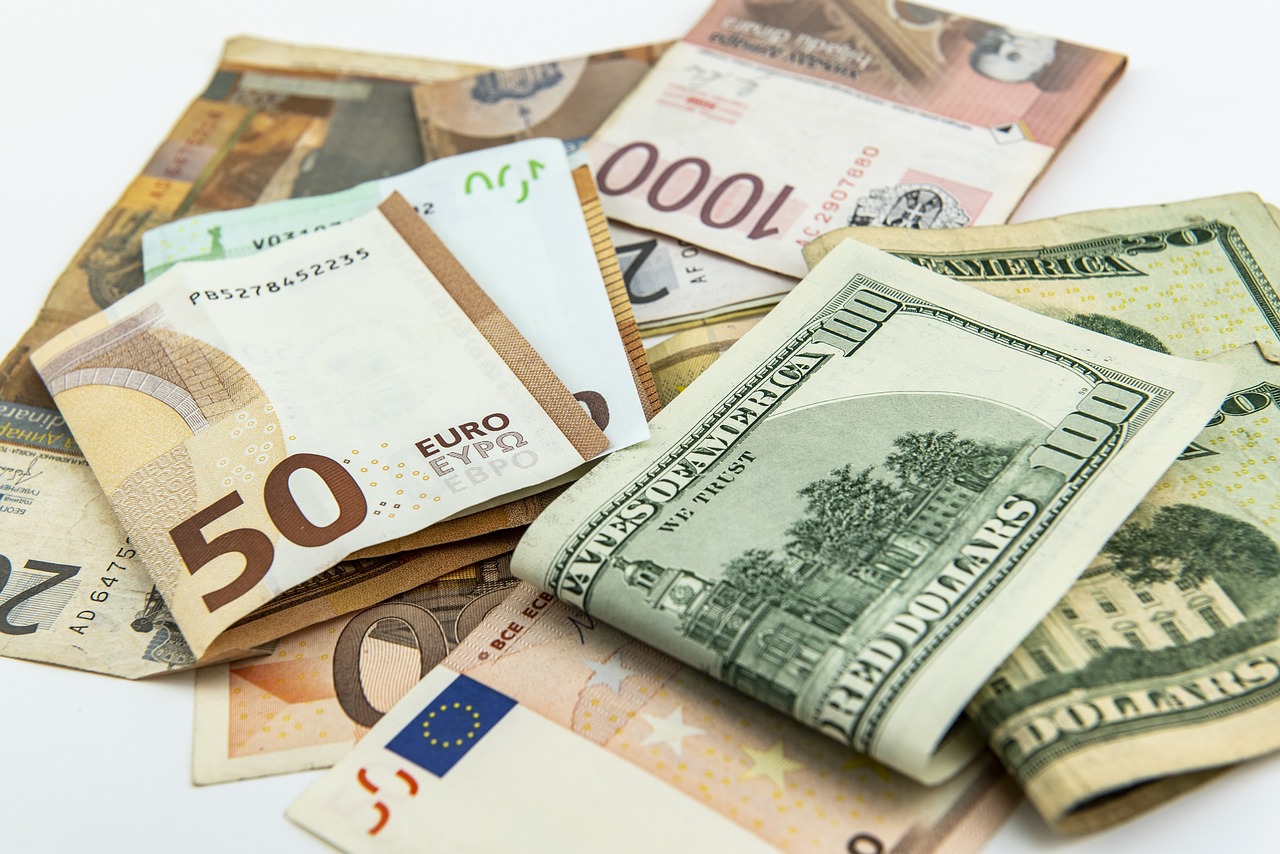Best Payment Methods in Japan: How to Receive Money Safely
Benjamin Clark - 2025-09-25 09:49:13.0 16
Introduction
Japan is known for its blend of tradition and technology, and its payment landscape reflects this duality. From cash-dominant transactions in rural areas to cutting-edge mobile wallets in big cities, payment methods in Japan are diverse and evolving. For individuals and families who need to receive international transfers in Japan, PandaRemit provides a secure, fast, and affordable solution.
Why Payment Methods Matter in Japan
Japan is the world’s third-largest economy with a strong consumer market. Although cash has long been king, recent government initiatives have pushed for cashless payments. This matters not only for daily convenience but also for those receiving international remittances—foreign workers, students, and expatriates who rely on smooth financial transfers.
Country Stats
-
Population: ~124 million
-
GDP (USD): $4.2 trillion
-
Global Ranking: 3rd largest economy
-
Currency: Japanese Yen (JPY)
Country Overview Table

Main Local Payment Methods in Japan
-
Cash
Still widely used, especially in rural areas, small shops, and elderly communities. -
Credit and Debit Cards
Accepted in most urban retailers, restaurants, and online shopping platforms. Visa, Mastercard, and JCB are the most common. -
Mobile Wallets (PayPay, LINE Pay, Rakuten Pay)
Increasingly popular in cities, especially among younger users for QR code and contactless payments. -
Convenience Store Payments
Japan’s konbini (7-Eleven, Lawson, FamilyMart) allow bill payments, top-ups, and even online shopping settlements.
Receiving International Transfers in Japan
Many people in Japan rely on money from abroad—whether foreign students, international workers, or families with global ties. Common options include:
-
Bank Transfers – Secure but can be expensive and slow.
-
PayPal/Western Union – Available but may involve high fees.
-
PandaRemit – A modern, reliable choice that offers secure, low-cost, and fast international transfers directly into Japanese accounts.
PandaRemit helps users in Japan avoid high fees and long waiting times, making it a trusted option for receiving money.
How to Pay and Receive in Japan (Table)

FAQ
1. Is PayPal available in Japan?
Yes, but it charges relatively high fees compared to other services.
2. Are credit cards widely accepted?
Yes, especially in urban areas, though some small shops still prefer cash.
3. Do people still use cash in Japan?
Yes, Japan remains more cash-oriented than many other developed nations.
4. How can foreigners or family abroad send money to Japan?
They can use bank transfers, remittance services, or PandaRemit for faster and cheaper options.
5. How can I receive money via PandaRemit in Japan?
Simply register with PandaRemit, choose Japan as the receiving country, and funds will be securely deposited into your Japanese account.
Conclusion
Japan’s payment ecosystem combines tradition with innovation: cash is still strong, while digital wallets and cards are growing fast. For domestic payments, locals rely on cash, cards, and mobile wallets. For receiving money from abroad, PandaRemit stands out as the best choice—fast, secure, and affordable.
👉 Start using PandaRemit today to receive international transfers in Japan with ease.




